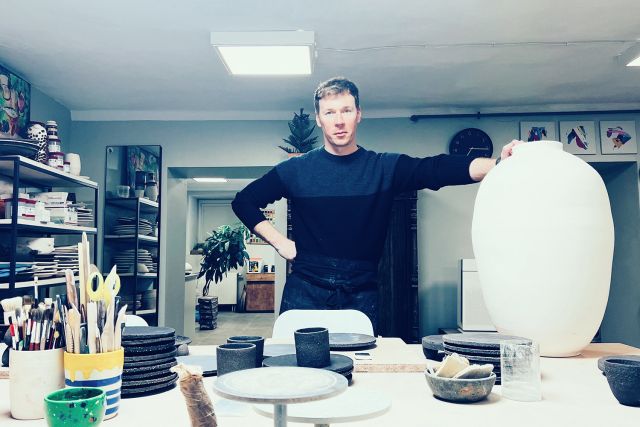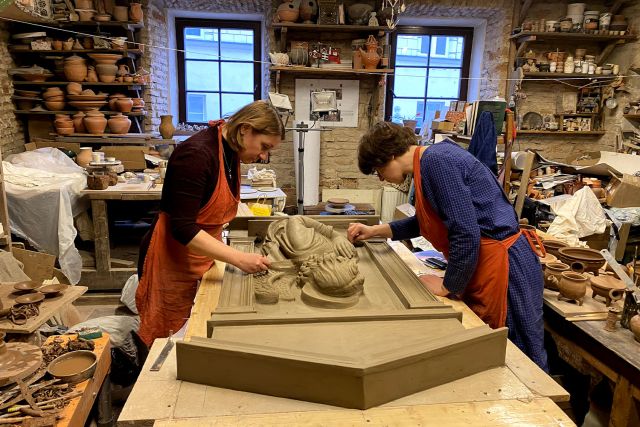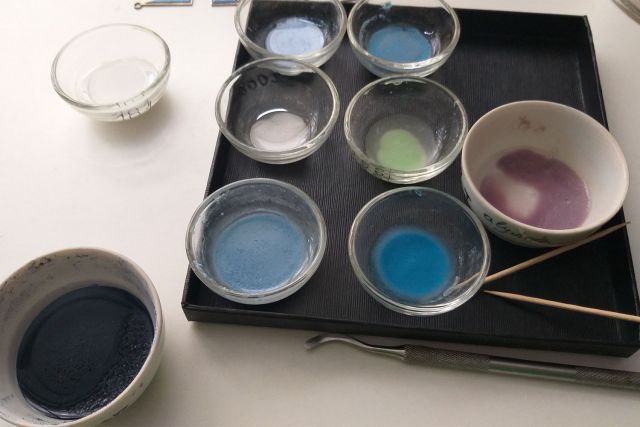This is a horse herder's knife. It is a reproduction of the knives found in the Karmazinai burial ground, Vilnius, dating from the 7th century.
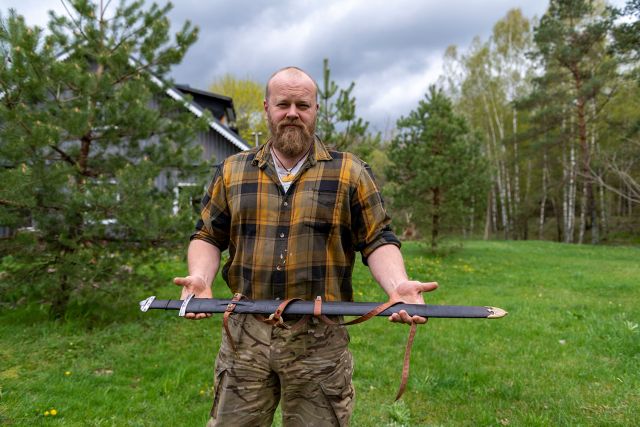
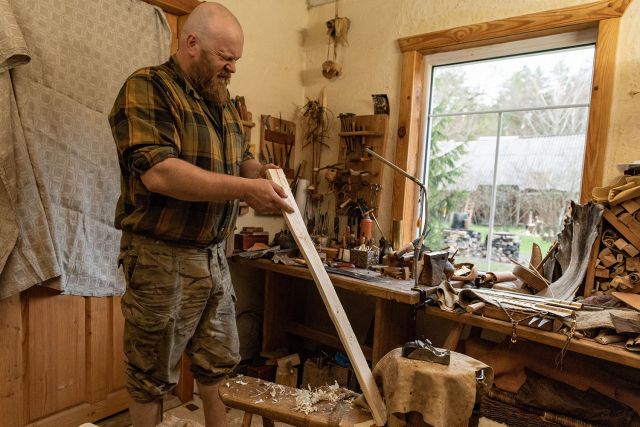
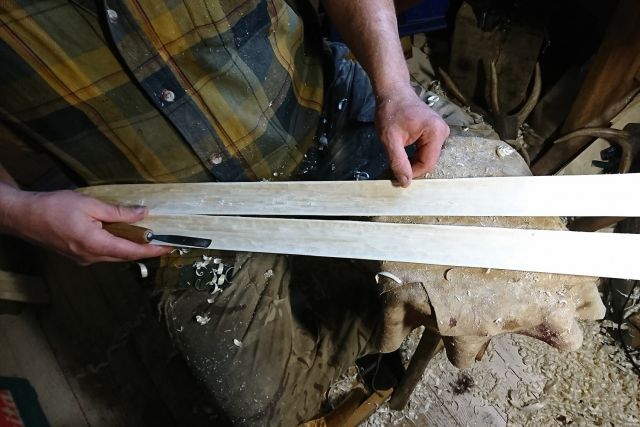
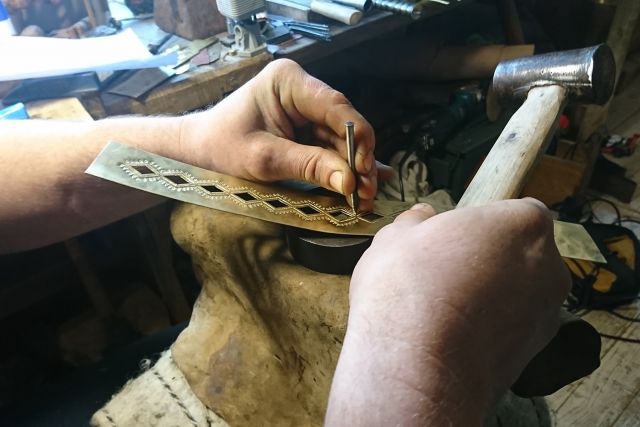
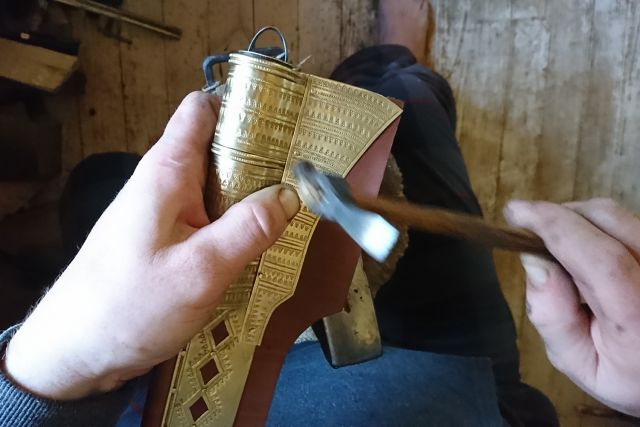
Vykintas Motuza
- Knife maker
- Anykščiai, Lithuania
- Master Artisan
By appointment only
+370 61630366
The blades of history
- • Vykintas' attraction to the ancestral way of life led him to knife making
- • He aims to revive the Baltic tradition of knife making
- • He is a graduate geologist, turned knife-maker
The son of a geology professor and a graduate geologist himself, Vykintas Motuza never thought he would delve into knife making. During the Soviet era, knives were highly criminalised, but the opening of the borders in 1990 changed everything. With the opportunity to travel abroad and see the knives of other Nordic countries, Vykintas became interested in the Lithuanian knife tradition. He immersed himself in this research, and has stayed with it ever since. His goal is to make a traditional Lithuanian knife, the tradition of which was disrupted during successive occupations. Since 2002, Vykintas has been making ancient Lithuanian and Baltic Sea knives from different historical periods, using ancient materials and technologies. He crafts knives historically used for battle as well as for everyday use.
Read the full interviewWorks
Photo: ©Vykintas Motuza

Photo: ©Vykintas Motuza
This is a Curonian war knife. The original find is from Laiviai burial ground, Kretinga, in Western Lithuania. It dates from the 10th or 11th century.

Photo: ©Vykintas Motuza
This is a Curonian war knife copy, based on findings from the burial ground at Genčai in Kretinga, Western Lithuania. dating from the 10th or 11th century.





